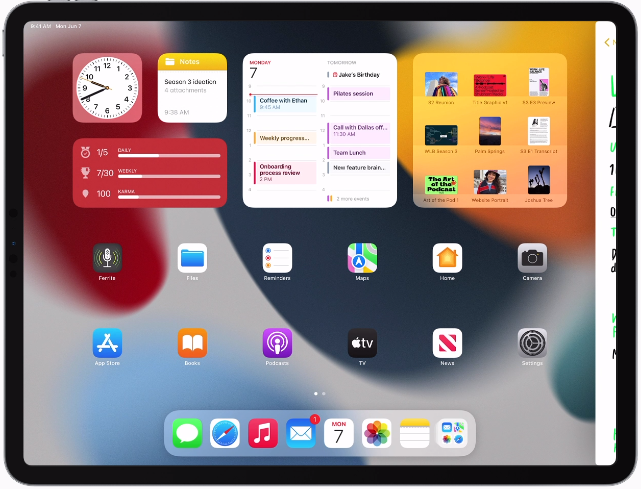Why Do Pills and Tablets Have Markings on Them?

Have you ever noticed the little markings on pills and tablets and wondered why they’re there? Allow us to answer! We’ll go through what you need to know about the pharmaceutical imprint code for pills and tablets!
Identifying Drugs More Efficiently
The markings you see on all pills and tablets are imprint codes. The pharmaceutical imprint code is important because it helps identify the drug product.
It’s almost like a shorthand for quickly identifying pills and tablets. This shorthand benefits the individuals taking the drugs, those administering the medication to patients, health care providers, and even law enforcement. Imagine you’re a nurse handing out hundreds of pills and tablets to patients daily—it’d be challenging and dangerous if they all looked the same!
What Does an Imprint Code Look Like?
Every pill or tablet approved by the FDA has an imprint of some kind, but it can be practically any marking you can imagine. Typical markings on drugs or tablets include:
- Letters (uppercase and lowercase)
- Words
- Symbols
- Logos
- Company name
The FDA typically encourages manufacturers to include one number or letter in the imprint, as a lone symbol or logo is harder to identify—but that’s not required. Now that you know you’re there, you’ll find yourself looking and trying to identify the imprint of every pill you take!
How Do They Imprint Markings on Drugs?
How do they get such a precise marking on a small and fragile item like a pill or tablet? Drug manufacturers use what are called laser marking machines.
These machines work as you might expect—they use a laser (Light Amplification by the Stimulated Emission of Radiation) to alter a surface with razor-thin accuracy permanently. There are four types of laser imprinting:
- Laser engraving
- Laser etching
- Laser annealing
- Laser ablation
The most common is laser engraving, where a laser makes deep marks into the pill or tablet by disintegrating part of the surface.
Fun Fact: Car manufacturers use laser engraving to permanently imprint the VIN onto the vehicle’s body.
What if a Drug Doesn’t Have an Imprint Code?
If you’re looking closely at your prescribed medication and notice that one doesn’t have an imprint code, that could be a problem. One of the significant reasons why pills and tablets have markings on them is to show that they’re FDA-compliant and safe—so drugs without them could be questionable or dangerous.
If it’s a simple vitamin or supplement, you don’t have to worry, as many don’t have imprint codes. But if you’re concerned, consult with your pharmacist or doctor about the pills or tablets to confirm if they’re safe and FDA-compliant.





